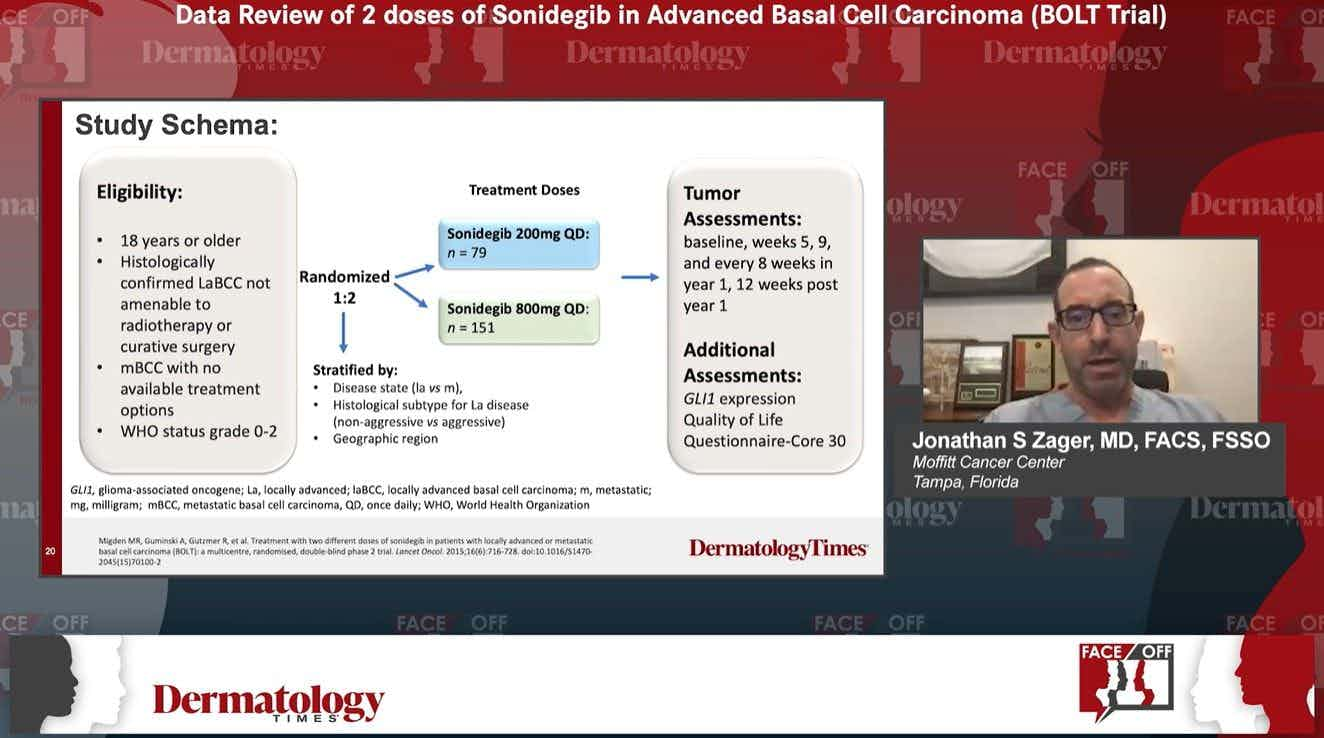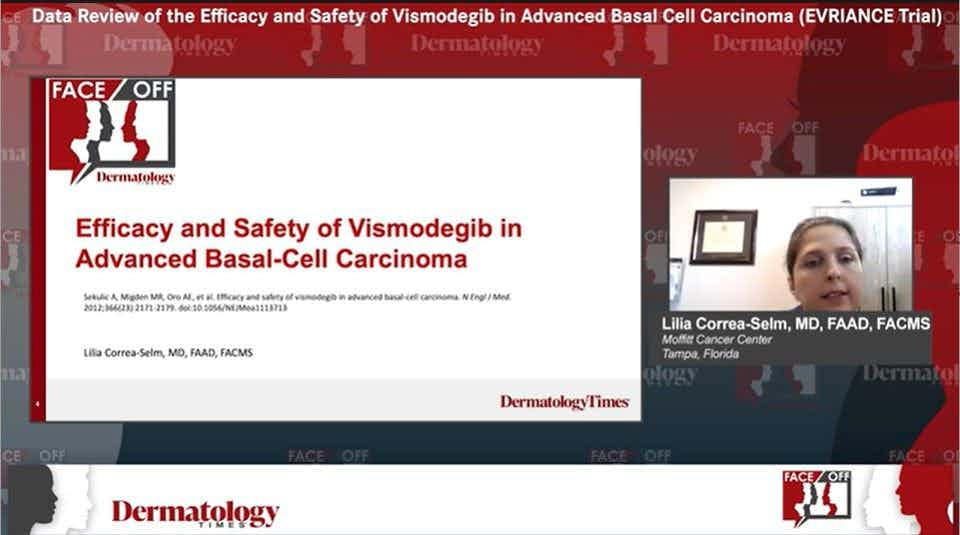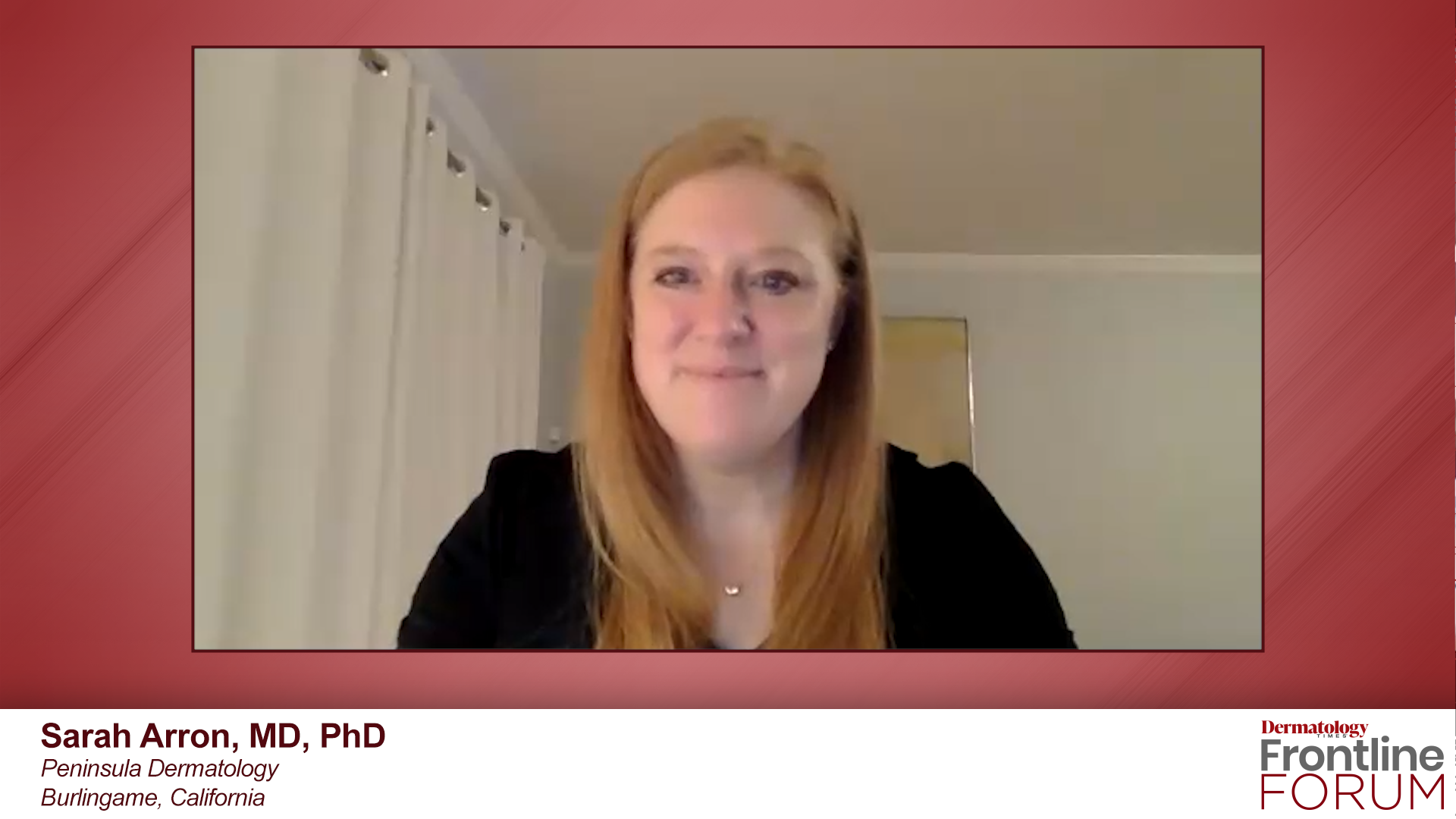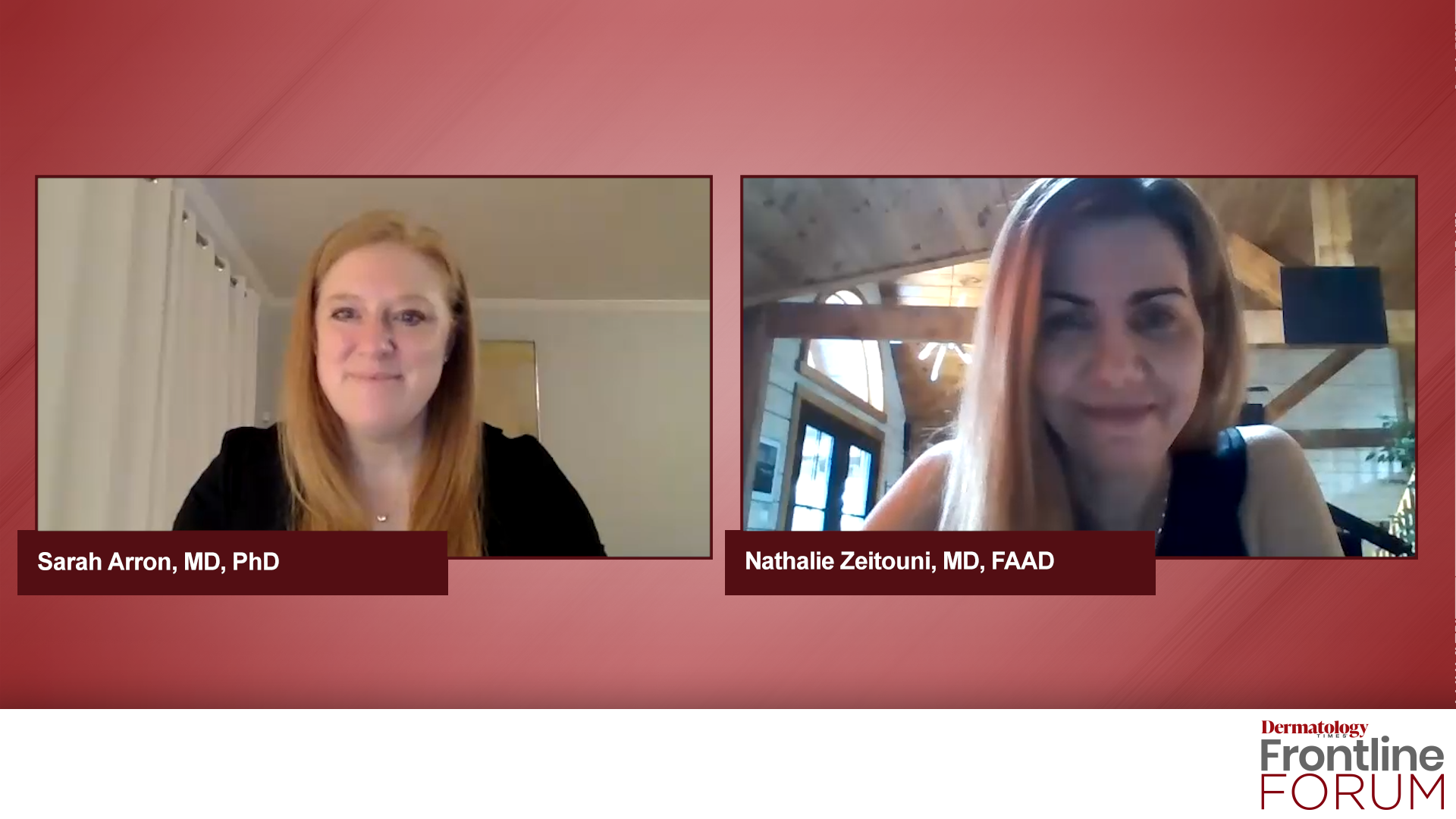- Acne
- Actinic Keratosis
- Aesthetics
- Alopecia
- Atopic Dermatitis
- Buy-and-Bill
- COVID-19
- Case-Based Roundtable
- Chronic Hand Eczema
- Chronic Spontaneous Urticaria
- Drug Watch
- Eczema
- General Dermatology
- Hidradenitis Suppurativa
- Melasma
- NP and PA
- Pediatric Dermatology
- Pigmentary Disorders
- Practice Management
- Precision Medicine and Biologics
- Prurigo Nodularis
- Psoriasis
- Psoriatic Arthritis
- Rare Disease
- Rosacea
- Skin Cancer
- Vitiligo
- Wound Care
Article
The Sentinel Lymph Node is Most Important Prognostic Factor for Melanoma, Study Finds
Author(s):
A recent study examined if the neutrophil–lymphocyte ratio (NLR) is a useful inflammatory biomarker in skin cancer prognostication.
The prevalence of melanoma has increased faster than any other cancer worldwide, and while melanoma accounts for only approximately 1% of skin cancers, it causes a large majority of skin cancer deaths.
In fact, the American Cancer Society estimates around 100,000 new cases of melanoma will be diagnosed in 2022, and nearly 7,650 people will die from it.1
A 2020 study, led by researchers from the University of Leeds in the United Kingdom, examined melanoma and noted the status of the sentinel lymph node (SLN) is the single-most important prognostic factor. Additionally, the translational value of the neutrophil–lymphocyte ratio (NLR) in the care of patients with melanoma is seen as important due to the association between NLR and survival from metastatic melanoma being unequivocal.2
The study authors explain that theNLR is an inflammatory biomarker that is useful in cancer prognostication, which led the researchers to investigate the differences in baseline NLR between patients with localized and metastatic cutaneous melanoma, also looking at how this biomarker changed over time with the recurrence of disease.
For the multicentre cohort study, the researchers collected data for patients treated for Stage I–III cutaneous melanoma for a period between 2006 and 2016 in Yorkshire and the East of England, with the baseline NLR measured immediately prior to surgery andagainat time of discharge or disease recurrence. The numbers were collected and retrospectively augmented with blood test data from the hospitals’ electronic systems.
The odds ratios for sentinel node involvement wasapproximated using mixed-effects logistic regression, with the risk of recurrence assessed using multivariable Cox regression.
Those who were a part of the cohort included patients with a known biopsy-proven primary cutaneous melanoma who underwent surgery—either wide excision and sentinel lymph node biopsy or lymphadenectomy.
Patients were excluded if there was no full blood count recorded at baseline or if they possessed another concurrent malignancy, active infection, pregnancy, chronic inflammatory conditions, proliferative hematopoietic disorders, pharmacological immunosuppression, multiple or occult primary melanoma, recurrent melanoma, unidentifiable or unclassifiable tumors.
In total, 1,489 people were included in the study. The researchers discovered the mean baseline NLR was higher in patients with palpable nodal disease compared to those with microscopic nodal or localized disease (2.8 vs 2.4 and 2.3, respectively). Additionally, a baseline NLR greater or equal to 2.3 was associated with 30% higher odds of microscopic metastatic melanoma in the sentinel lymph node.
After surgery, it was found that 18.7%, 253 patients, developed recurrent melanoma during surveillance although there was no statistically significant association between the baseline NLR and the risk of recurrence.
The study suggests that the neutrophil–lymphocyte ratio is proportional to the volume of cutaneous melanoma at presentation. “This finding supports the wider literature on other cancers which infers that the NLR represents the host response to malignancy and thus, is a reliable and personalized biomarker,” the study authors said.
Based on its findings, the researchers concluded the NLR is associated with the volume of melanoma at presentation and may predict occult sentinel lymph metastases.
However, the authors believe further prospective work is required to investigate how NLR may be modelled against other clinicopathological variables to predict outcomes and to understand the temporal changes in NLR following surgery for melanoma.
References:
1. Key statistics for melanoma skin cancer. American Cancer Society. Assessed March 15, 2022. https://www.cancer.org/cancer/melanoma-skin-cancer/about/key-statistics.html#:~:text=The%20American%20Cancer%20Society's%20estimates,5%2C080%20men%20and%202%2C570%20women).
2. Robinson AV, Keeble C, Lo MCI, et al. The neutrophil–lymphocyte ratio and locoregional melanoma: a multicentre cohort study. Cancer Immunol Immunother. 2020;69(4):559-568. Doi: 10.1007/s00262-019-02478-7
Newsletter
Like what you’re reading? Subscribe to Dermatology Times for weekly updates on therapies, innovations, and real-world practice tips.















